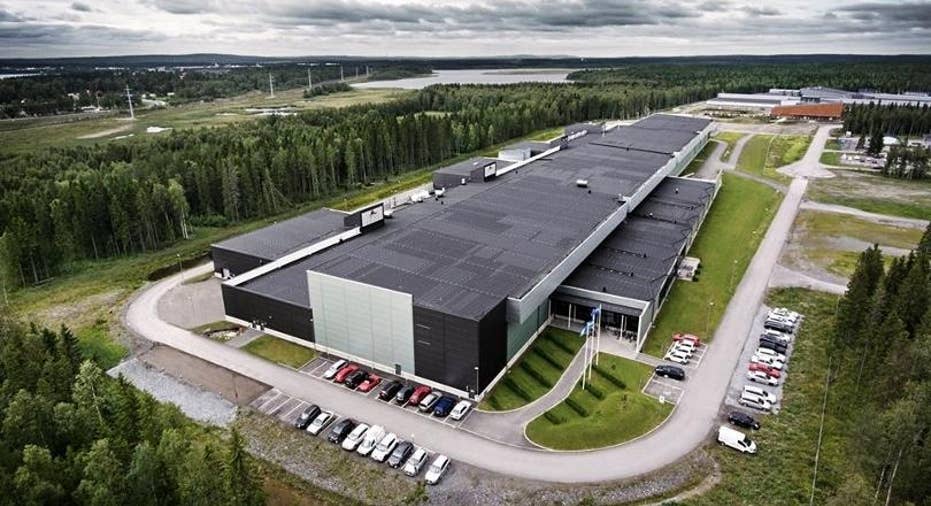Peek Inside Facebook's Data Center Near Arctic Circle

Looking at your Facebook News Feed, you may wonder what it takes on the back-end to keep such a massive social network, which now boasts some 1.23 billion users, up and running. The operation has, for sure, scaled up from its modest beginnings back in Mark Zuckerberg's Harvard dorm room, and now we can all get a peek behind the curtain.
Zuckerberg on Wednesday shared photos of Facebook's massive data center less than 70 miles south of the Arctic Circle, which, when it opened in 2013, was the company's first such facility outside the US. Surrounded by lush forests and icy rivers, the data center is located in a small Swedish coastal town named Luleå "near the top of the world," the Facebook CEO pointed out.
Just 150 people work there, and the data halls are often empty, Zuckerberg said. The main building itself is the size of six football fields; it's so big that engineers move around the data hall on scooters to save time.
"Because of the simplified design, we need only one technician for every 25,000 servers," he wrote. This simplified design makes things pretty easy for technicians — in the past it took an hour to repair a server hard drive. But at Luleå, where "equipment is reduced to its basics so it runs cooler" and is easily accessible, fixing things takes just a few minutes.
In one image that looks like something straight out of a sci-fi movie, you can see more than two dozen massive fans, which serve double duty.
"These enormous fans draw in the outside air to cool the tens of thousands of servers in the data hall," Zuckerberg wrote. "In the winter, when temperatures plunge to -30 degrees the situation is reversed, and the heat from the servers warm the massive buildings."
Those who work there describe it as the most efficient data center in the world, but the design for facility actually began on the back of a paper napkin, Zuckerberg revealed.
"Late one night, while traveling, engineer Jay Park sketched his vision for a system that streamlined the way power moves from the local utility grid to our servers," Zuckerberg wrote. The result is a system that is 10 percent more efficient and uses nearly 40 percent more power than traditional data centers.
Zuckerberg promised to share more photos in the months to come showcasing some of Facebook's "most advanced technology," so stay tuned.
In the meantime, you can check out our tour of Facebook's data center in the Oregon desert.
This article originally appeared on PCMag.com.